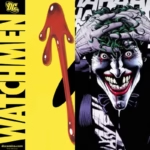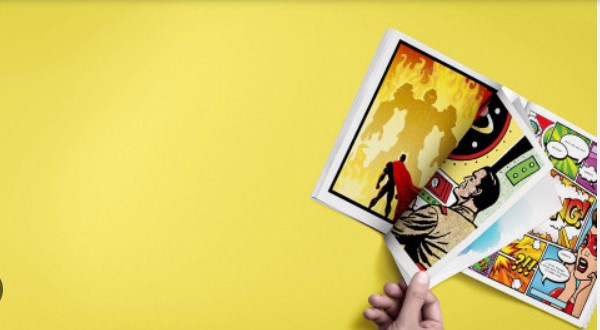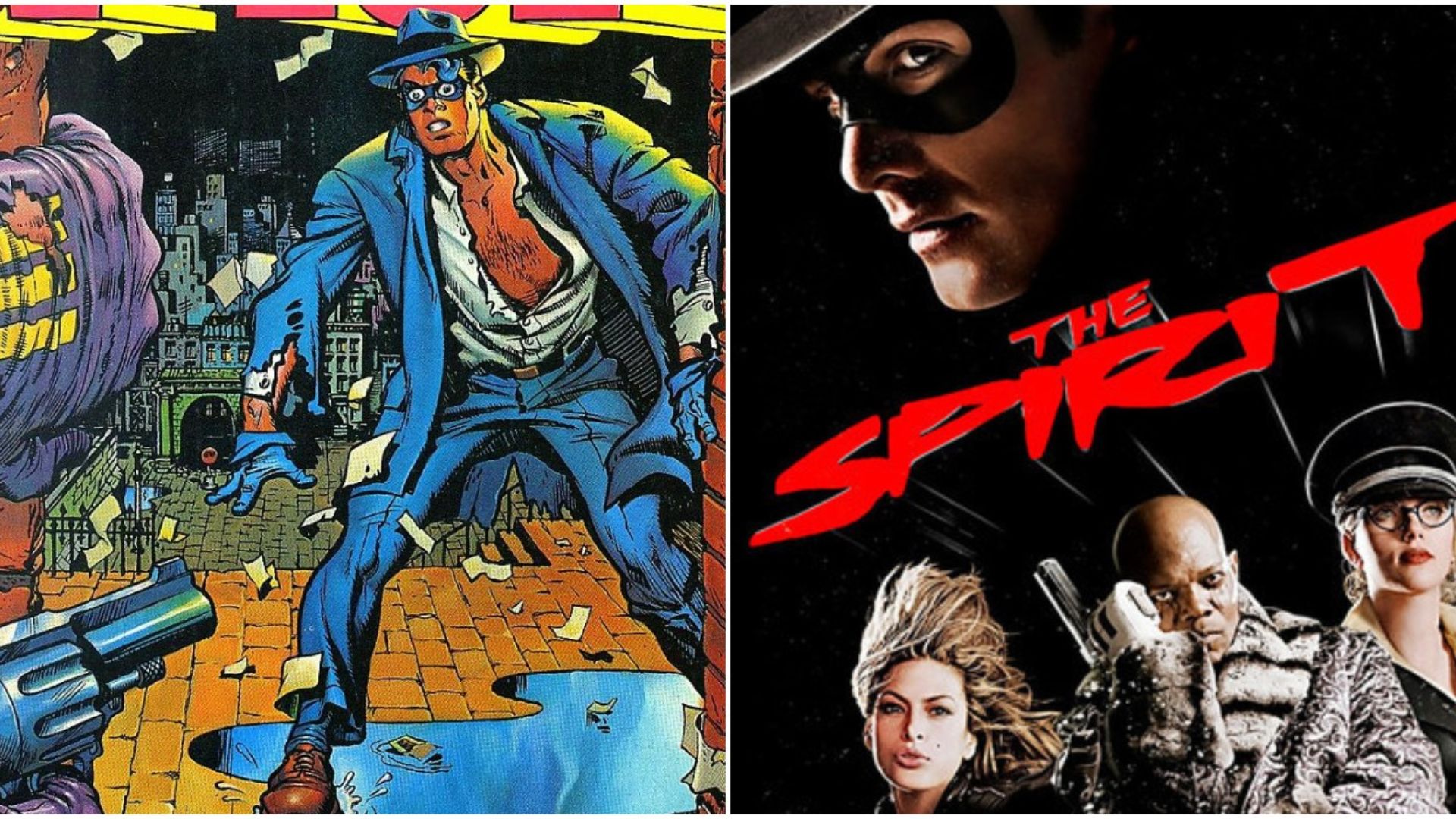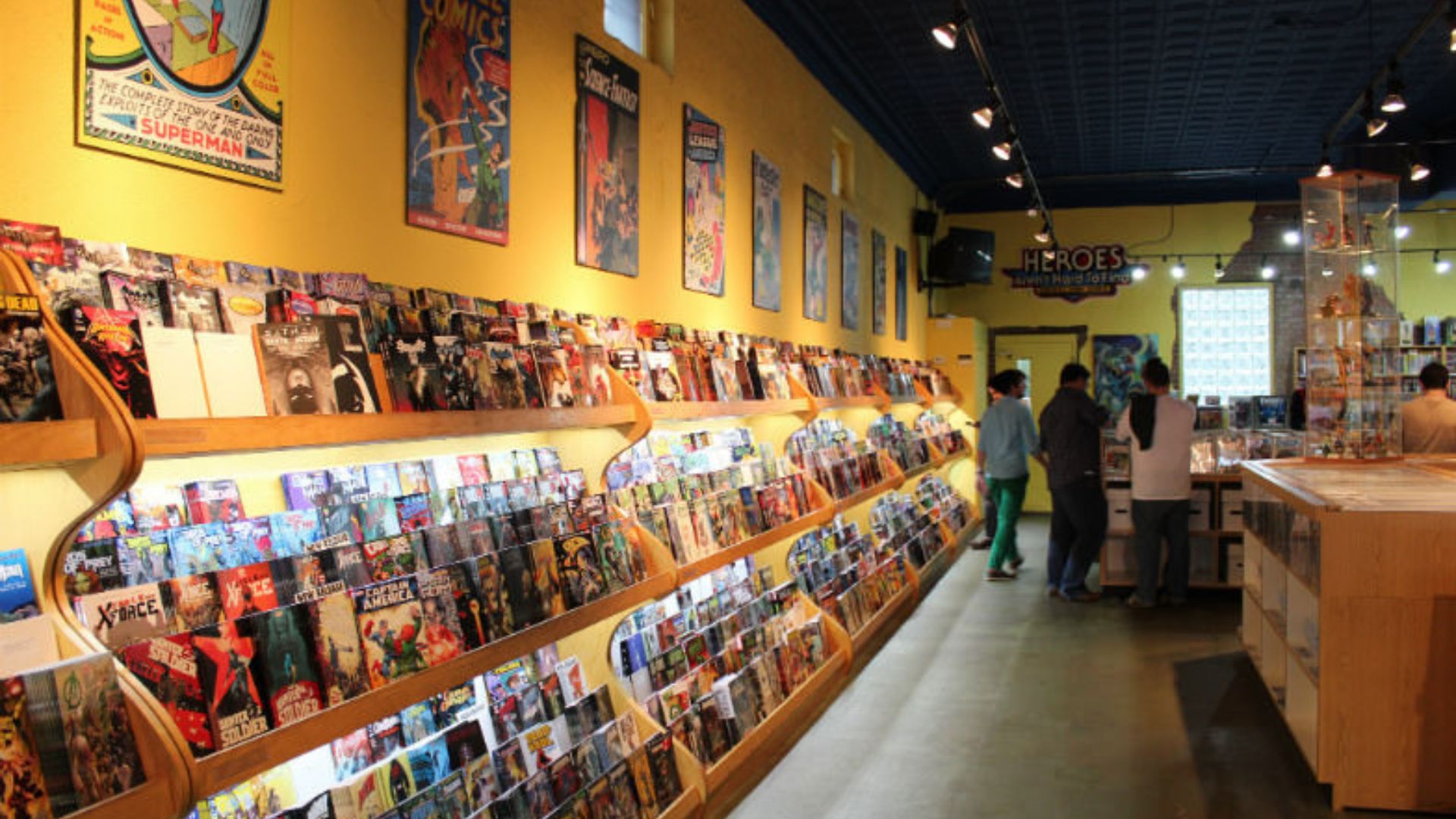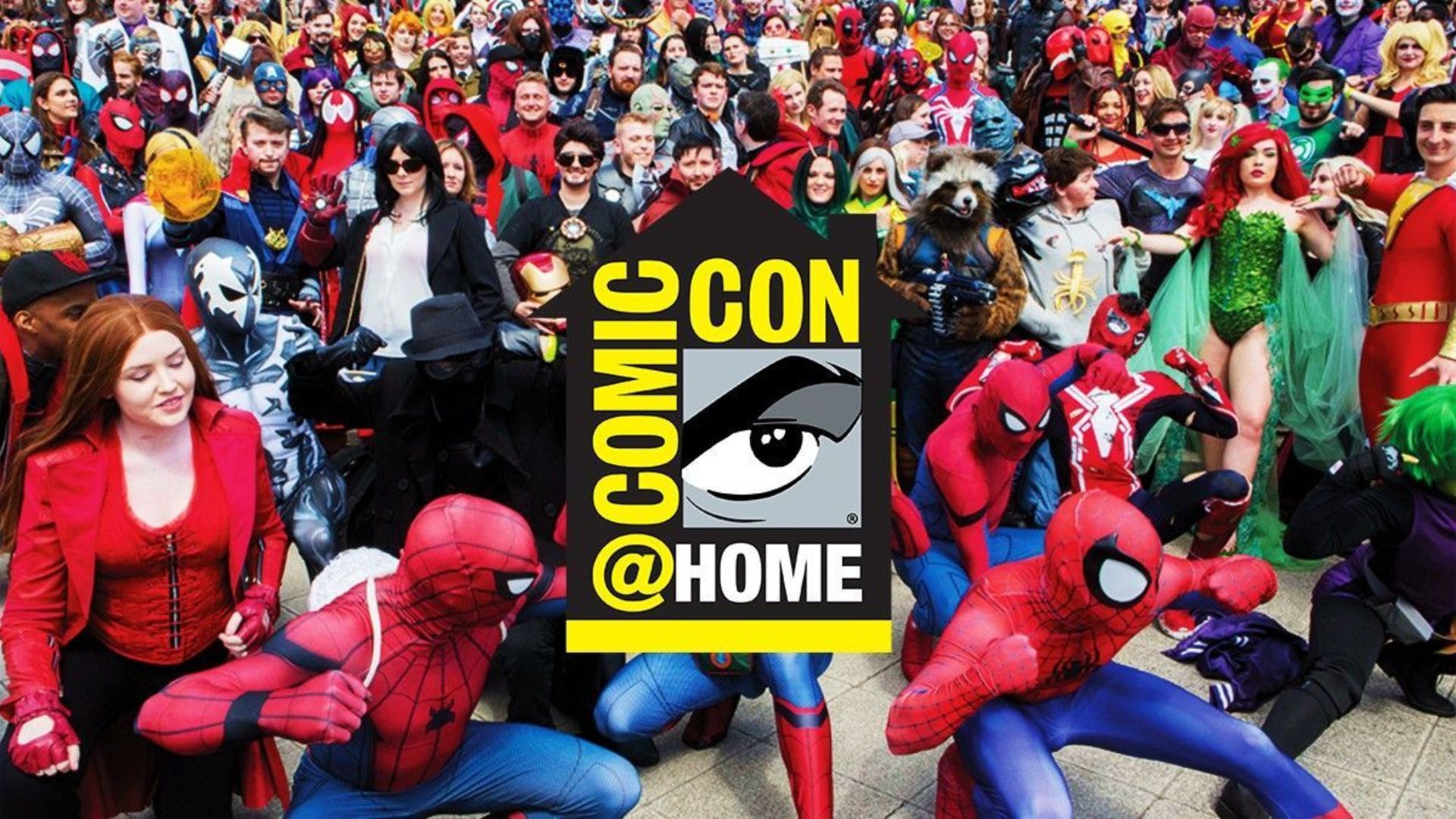Creating a comic book is an intricate and exciting journey that combines art, storytelling, and collaboration. The process involves multiple stages, each one crucial to bringing the vision of a comic book to life. From the initial idea to the final published product, every step requires careful planning, creativity, and attention to detail. In this post, we will explore the creative process behind making a comic book and how each phase contributes to the end result.
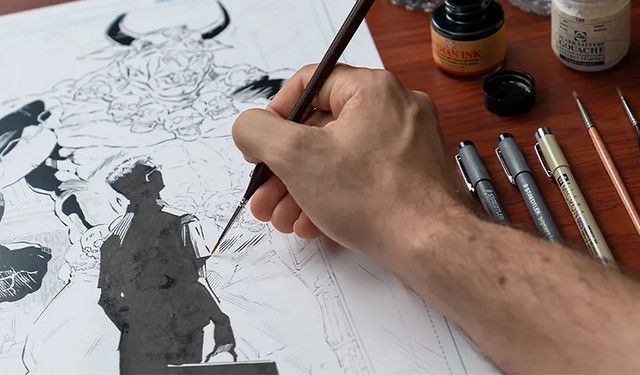
Concept and Script Development
The journey to creating a comic book begins with an idea. This idea can come from anywhere—an exciting premise, a unique character, or a new twist on a familiar genre. Once the concept is solidified, the next step is writing the script. The script acts as the blueprint for the comic, outlining the dialogue, the action, and the pacing of the story.
During this stage, the writer carefully structures the narrative, deciding how the story will unfold panel by panel. A well-crafted script is essential, as it guides the entire creative team. The writer must also collaborate with the artist to ensure that the visuals complement the story. The relationship between the writer and artist is crucial, as both must work in tandem to create a seamless reading experience.
Character Design and Visual Style
Once the script is complete, the character designs and visual style of the comic come into focus. The artist plays a central role in this phase, bringing the characters and world to life through illustrations. Designers develop character sketches, experimenting with various looks until they find the one that best represents the story and its themes.
The visual style is equally important. Whether the comic embraces a realistic approach or a more stylized, exaggerated look, the artwork must match the tone of the story. For example, a dark, gritty narrative may call for detailed, shadow-filled illustrations, while a light-hearted adventure may feature bright colors and cartoonish designs. The visual elements of the comic are essential to setting the mood and enhancing the reader’s experience.
Penciling, Inking, and Coloring
After finalizing the character designs and style, the comic book moves into the production phase. This phase includes penciling, inking, and coloring. The penciler takes the script and creates detailed drawings of each scene, ensuring that the layout and composition are visually engaging. These pencil drawings serve as the foundation for the comic’s artwork.
Next, the inker goes over the pencil drawings, adding bold lines and defining the details. The inking process gives the artwork depth and clarity, ensuring that it stands out on the page. After inking, the colorist steps in to add color, bringing the images to life. Color choices are made based on the tone of the story, with darker hues often used for intense or dramatic scenes and brighter tones for lighter moments.
Lettering and Final Adjustments
With the artwork complete, the final step in creating a comic book is the lettering. Lettering refers to the process of adding dialogue, sound effects, and captions to the comic. The letterer must carefully place the text to ensure that it fits within the space and doesn’t overwhelm the artwork. The font style and placement are crucial, as they must be easy to read and complement the visual flow of the story.
After lettering, the comic undergoes final adjustments. This includes checking the consistency of the artwork, ensuring that the colors and text are clear, and reviewing the overall pacing. At this stage, the comic is ready for printing or digital release. The creative team works together to ensure that every detail is polished and the comic meets the high standards of storytelling and art.
Conclusion
The creative process behind making a comic book is a collaborative effort that involves multiple talented individuals working together. From the initial concept and script development to the final lettering and adjustments, every step is essential in bringing the story to life. The combination of writing, art, and design makes comics a unique form of storytelling that engages readers both intellectually and visually. As technology continues to evolve, the tools and methods behind comic book creation will undoubtedly continue to improve, allowing for even more creative possibilities in the future.


